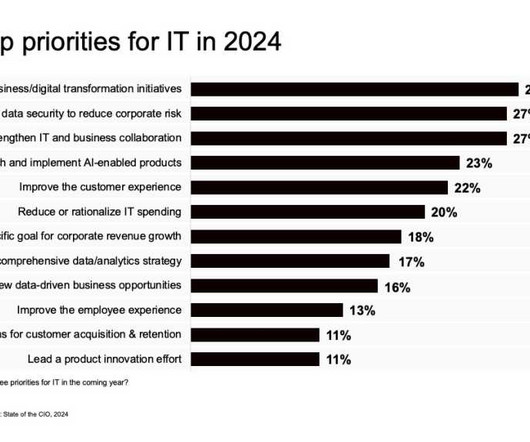Strong Business Continuity Management Brings Resilience
CIO Business Intelligence
MAY 11, 2022
Chief Audit Executive (CAE) – To optimize risk management, the CAE and the BCM function should work in unison to leverage technology for assessing and mitigating risk. BCM, enterprise risk management and internal audit must work together and apply uniform principles to their respective areas of responsibility.














Let's personalize your content